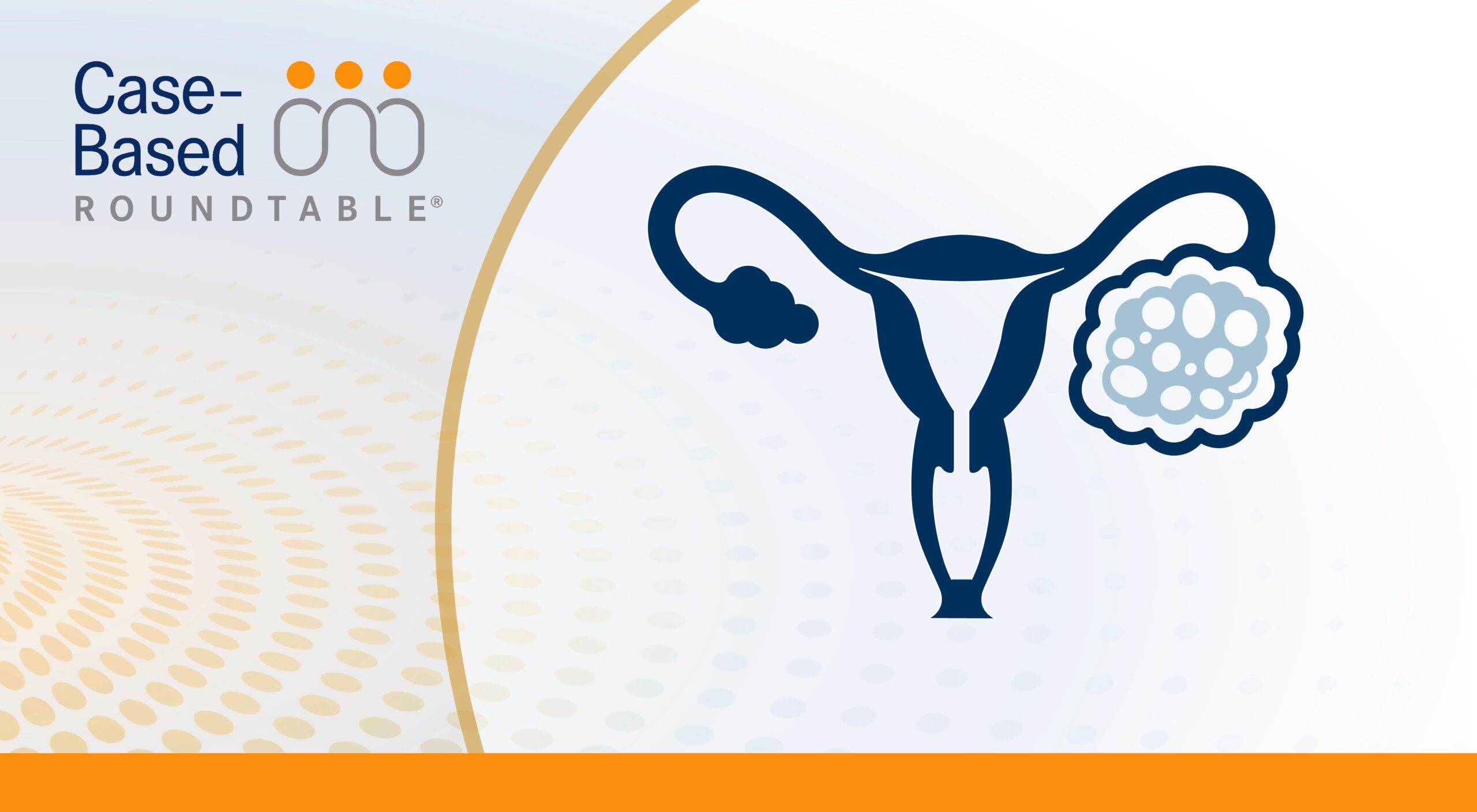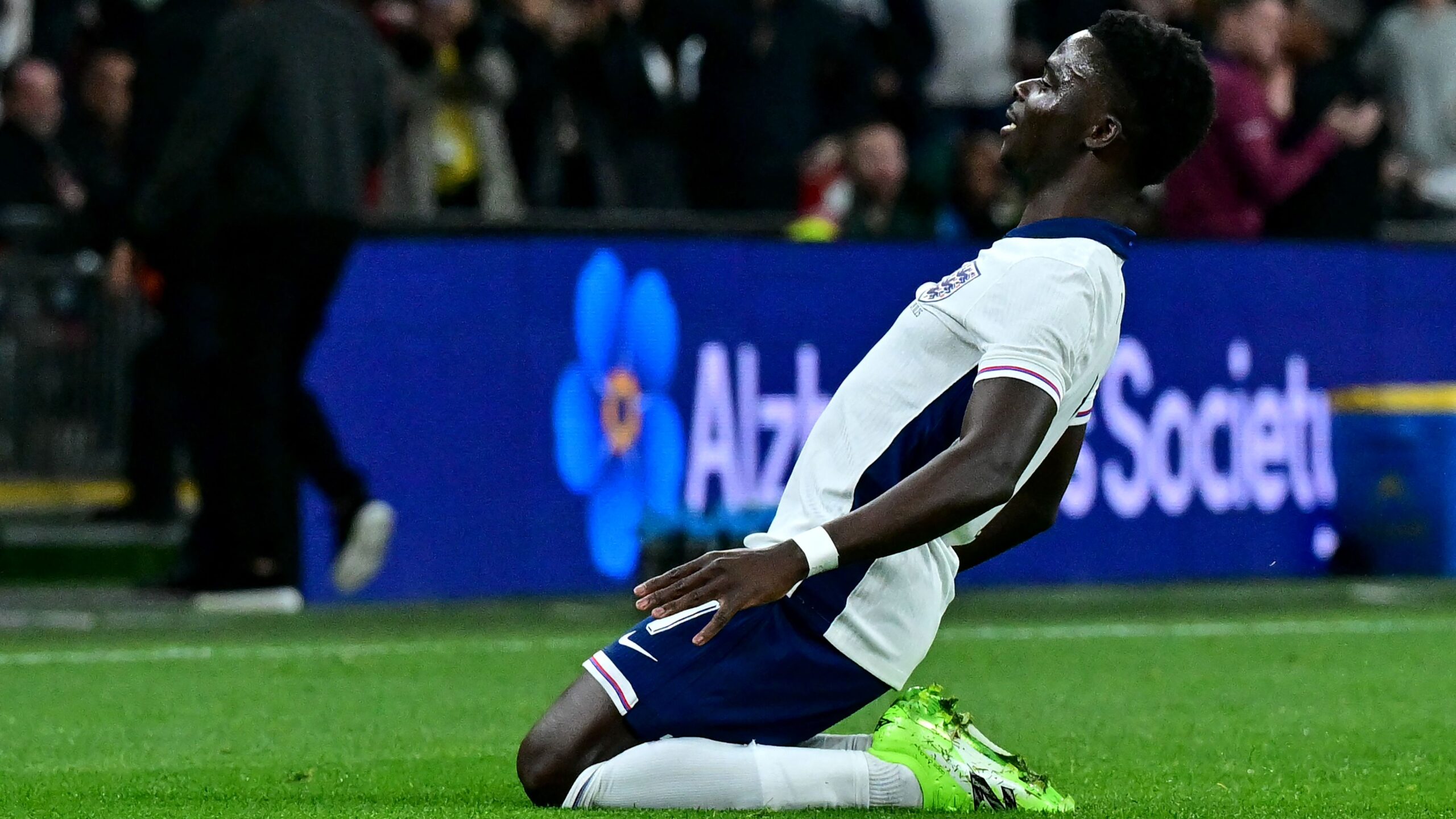A study published in Cell Genomics reveals a surprising role for parts of DNA once considered junk. These repetitive DNA sequences, or repeats, may actually mimic patterns found in pathogens, giving the immune system clues about potential…
Author: admin
-

How Trump secured a Gaza breakthrough which eluded Biden
Anthony ZurcherNorth America correspondent and
Tom BatemanState Department correspondent
 Getty Images
Getty ImagesShoulder to shoulder – Trump and Netanyahu At the time, Israel’s air strike against the Hamas negotiating team in Qatar seemed like yet another…
Continue Reading
-

Long-Term OS Data Guide Use of PARP Inhibitors in Ovarian Cancer | Targeted Oncology
Preventing relapse of advanced ovarian cancer with PARP inhibitors is now an established strategy. As data from pivotal clinical trials have evolved, the stratification of patients by homologous recombination deficiency (HRD) and BRCA mutation…
Continue Reading
-
“Super Adjuvant” Nanoparticle Vaccine Prevents Cancer in Mice – Genetic Engineering and Biotechnology News
- “Super Adjuvant” Nanoparticle Vaccine Prevents Cancer in Mice Genetic Engineering and Biotechnology News
- UMass Amherst researchers say they developed a cancer prevention vaccine Western Mass News
- Scientists Engineer ‘Super-Adjuvant’…
Continue Reading
-

The Celebrity Traitors Murdered and Banished contestants have their say as they leave the castle
Paloma Faith was the first Faithful murdered by the Traitors.
How was the experience for you?
It was up and down. I found it quite nerve wracking because, because I knew when I went in that I have a huge personality and that I’d…
Continue Reading
-

Taliban foreign minister makes groundbreaking visit to India
Dawood AzamiBBC World Service and
Cherylann MollanMumbai
 Randhir Jaiswal/MEA Twitter
Randhir Jaiswal/MEA TwitterAmir Khan Muttaqi arrived in India on Thursday for a week-long trip Afghan Taliban Foreign Minister Amir Khan Muttaqi has arrived in India for a week of talks – a…
Continue Reading
-

Verzuz Partners With ‘Complex’ to Re-Launch Music Battle Series
Complex has announced a partnership with Verzuz to relaunch the music battle series, which will return at ComplexCon on Oct. 25.
No Limit Records and Cash Money Records will revive the series, as Complex gets in control of the…
Continue Reading
-

Tata Group ‘fighting multiple fires’ after cyber attacks and boardroom splits
Two of Indian Prime Minister Narendra Modi’s top lieutenants have held an extraordinary meeting with executives from India’s Tata Group as one of the country’s most important conglomerates struggles to contain boardroom divisions and repeated crises among its businesses.
India’s powerful home affairs minister Amit Shah and finance minister Nirmala Sitharaman this week met Tata Trusts chair Noel Tata and Tata Sons chair N Chandrasekaran, to address the conglomerate’s stability, said two people who work with the group.
The government’s move is “completely unprecedented”, said historian Mircea Raianu, author of a 2021 book on Tata Group, a business empire he said always had “strategic autonomy” despite its role in crucial sectors including arms manufacturing and semiconductors.
“Tata Group is important for India and important for the Indian state,” Raianu said. “What is extremely unusual is the internal intervention by the government in the governance of the group.”
The meeting capped a tumultuous half year for the conglomerate, which has suffered an aviation disaster, cyber attacks in the UK and slowing growth at Tata Consultancy Services, India’s biggest IT services company.
The operational challenges follow the group’s loss of its longtime leader Ratan Tata, who shaped its decades-long internationalisation push and died one year ago this week.
Ratan Tata, who made the group an international powerhouse, died a year ago © Kiyoshi Ota/Bloomberg The market value of Tata’s 16 listed companies, spanning sectors including tea, tourism and steel, has fallen about $70bn to under $300bn this year.
“The Tata Group has expanded dramatically over the past decade,” said Saurabh Mukherjea, chief investment officer at Marcellus Investment Managers, referring to its investment in aviation, defence and iPhone manufacturing. “As the group expands and enters multiple complex businesses, the chance of black swan events unfortunately grows.”
In June, a Tata-owned Air India jet crashed, killing 260 people. A final report is pending into the disaster’s cause, which Chandrasekaran described as “the worst day of my career”.
A devastating cyber attack on the group’s UK-based carmaker Jaguar Land Rover in late August put renewed pressure on its executives and sucked in TCS, which manages JLR’s technology backbone.
Liam Byrne, chair of the UK parliament’s business and trade committee, wrote to TCS chief executive K Krithivasan last month to ask pointedly if India’s largest IT company was investigating the cyber attack that shut down JLR’s production lines.
Byrne cited reporting by the BBC and Financial Times that also raised questions about TCS’s role as a service provider to retailers Marks and Spencer and the Co-op, which were hit by damaging hacks earlier this year that cost them hundreds of millions of pounds.
TCS and Krithivasan did not respond to requests for comment. An internal probe by the Indian outsourcer recently exonerated it from blame in the M&S attack.

An Air India jet crashed in Ahmedabad in June killing 260 people © Basit Zargar/Middle East Images/AFP via Getty Images Even before this year, TCS was under pressure from weak industry-wide growth, partly as a result of the rise of artificial intelligence. In July, the company announced plans to cut 12,000 jobs — or 2 per cent of its workforce — to recalibrate its business around AI.
TCS on Thursday posted profits of $1.38bn for the quarter to September, similar to last year. The company said it had 593,314 staff, down almost 20,000 compared to the previous quarter, but also announced the creation of a new business entity that would build a 1 gigawatt data centre in India.
TCS is the “main cash cow for the Tata empire”, said Mukherjea, whose Mumbai-based fund owns some Tata company shares. “The Indian IT services business model is in question in the era of AI.”
As the second-largest corporate beneficiary of the US skilled foreign worker H-1B visa scheme, President Donald Trump’s decision last month to increase application fees to $100,000 created an additional quandary for TCS.

Internal divisions within Tata’s leadership have burst into the open since Noel Tata, Ratan’s half-brother, took over as chair of Tata Trusts last year. Tata Trusts, made up of five philanthropic trusts, owns 66 per cent of the group’s parent company Tata Sons.
“They are fighting multiple fires at the same time,” said Umakanth Varottil, professor at the National University of Singapore.
“A lot of the day-to-day issues are coming from the operational level . . . but there’s also stuff coming from the top with the disagreement between Noel Tata and some of the other trustees.”
Seen as “conservative and risk averse” by some other board members, Noel Tata has not been able to consolidate power and has been challenged by some of the other trustees, said two people familiar with the matter.
In a leadership dispute that has played out in the Indian press, the Tata Trusts board in September declined to extend the tenure of Vijay Singh, a former Indian defence secretary and an ally of Noel Tata.
Noel has been also been trying to broker a potential exit from Tata Sons for Shapoorji Pallonji, a debt-burdened construction conglomerate that is one of Tata Sons’ largest shareholders with an 18 per cent stake. But the move has been resisted by other board members.
The corporate governance dispute has echoes of a feud between Ratan Tata and former Tata Sons chair Cyrus Mistry, the late brother of Shapoorji Pallonji chair Shapoor Mistry, over the management of the conglomerate. Their dispute raged for years before being resolved by the Supreme Court.
One big unresolved issue is whether Tata Sons might be forced into an initial public offering — a situation that would benefit Shapoorji Pallonji by allowing it to sell its holding. While Tata Sons does not want to list, the Reserve Bank of India has pushed for it and other groups to do so. The central bank classes them as major shadow lenders and wanted them to list by September to increase their transparency.
Tata Sons has since pared down its debt and pushed to be declassified as a top-tier shadow bank to avoid having to float. A person close to Tata said they had done everything to try to persuade the central bank.
Analysts said Tata Trusts did not want to cede any control of Tata Sons or to make the holding company more transparent.
RBI governor Sanjay Malhotra last week declined to comment on the Tata Sons listing despite the passing of the September deadline. Tata Trusts and Vijay Singh declined to comment. Tata Sons, Noel Tata’s office and Shapoorji Pallonji did not respond to requests for comment.
Tata retained the organisational depth to overcome its setbacks, said Amit Tandon, managing director of Institutional Investor Advisory Services, an Indian proxy advisory firm.
“These are large businesses with strong management teams and a huge degree of resilience,” Tandon said. “They will get their arms around it.”
Continue Reading

